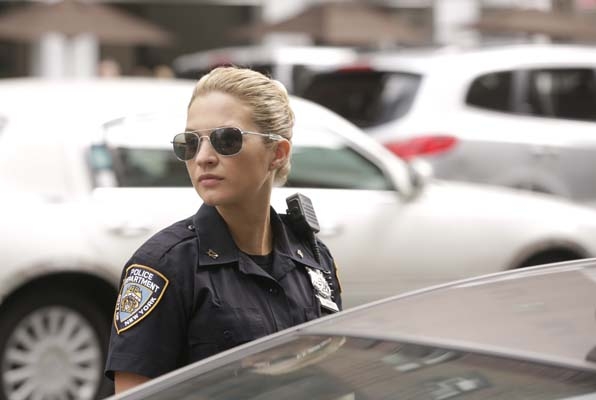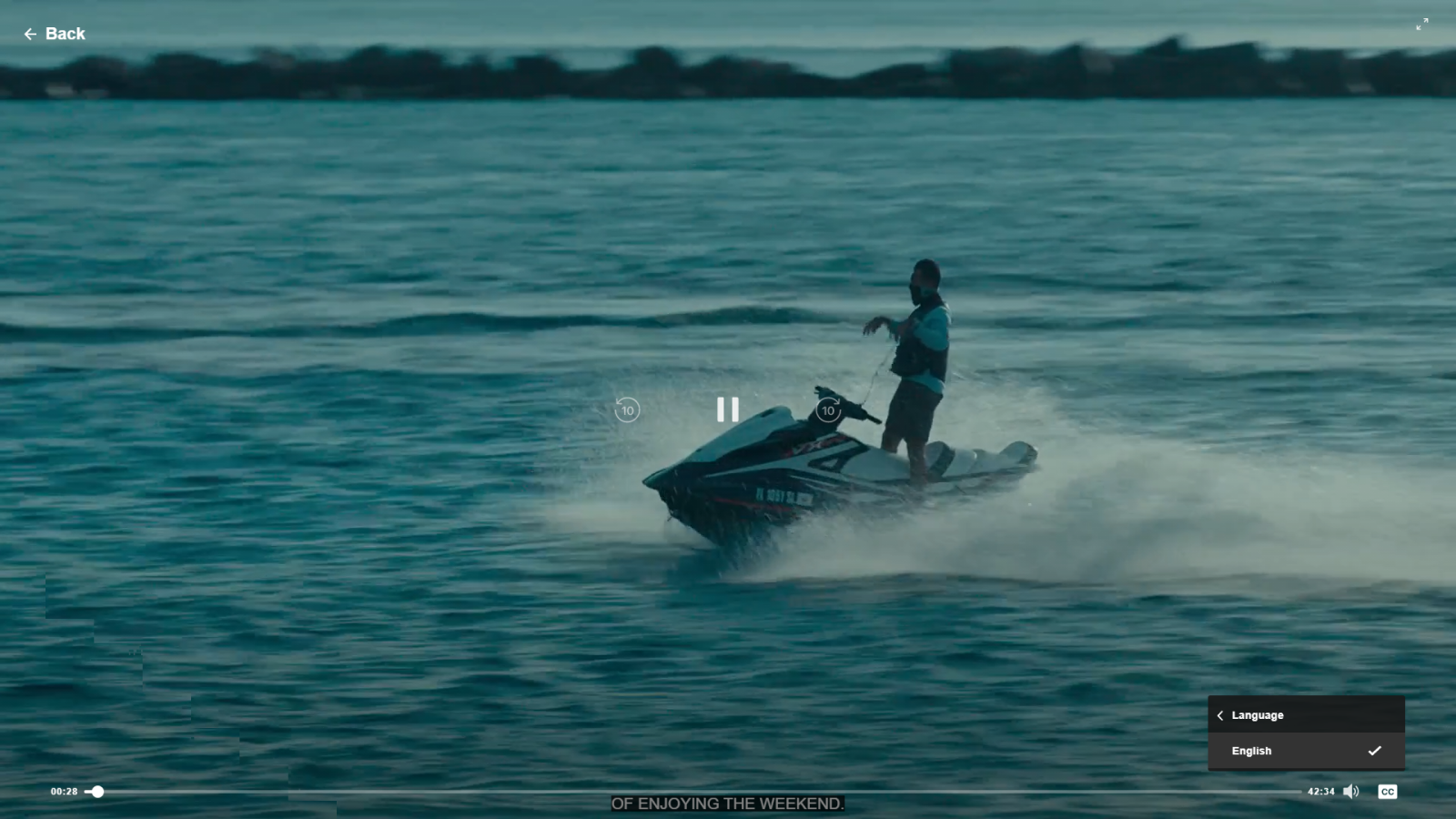
The webbing is also a bit more understated than it was in the Raimi years, with less texture to it, while the Spider emblem is considerably smaller. In terms of color, the red and blue pop, but they're also accented by a tactical-looking black around the joints and the waist. Though we catch glimpses of his first homemade costume (more on that in a second), Holland makes his proper Spider-Man debut in a suit designed for Peter Parker by none other than Tony Stark. Marvel's Captain America: Civil War - Trailer 2 / Marvel Entertainment YouTubeĬivil War was a hype machine for many reasons, but one of the key elements was its promise to introduce Tom Holland as the first Peter Parker of the Marvel Cinematic Universe, and he didn't disappoint. Throw in the athletic, "Body Glove"-like accents along the torso, more rounded and sloped eyes that look rather intimidating, and you've got a costume that says "New Star, New Era." The Sequel Suit from The Amazing Spider-Man 2 (2014) For Amazing Spider-Man, the textured look is emphasized more in the space between the webbing than on the webbing itself, while the sleeves add more blue all the way down to the palms of the gloves. This choice, and the sort of seat-of-your-pants, homebrew energy that star Andrew Garfield brought to his take on Peter, seems to inform a lot of what The Amazing Spider-Man's costume is about. In the Marc Webb films that began with The Amazing Spider-Man, Peter once again followed his comic book origins and used synthetic webs in shooters attached to his wrists. In the Raimi era, the creative team made the gutsy call of giving Peter Parker organic web shooters in his wrists, eliminating the need for us to watch him create them. The Black Suit from Spider-Man 3 (2007)Ĭolumbia Pictures/courtesy Everett Collection But when they assure him his secret is safe with them, it's enough for him to keep going, and so thanks to a spare suit, the classic Raimi Spider-Man look returns. They have now seen his face, which registers a beat of panic.
#How to turn off closed captioning on discovery plus full#
Here again, the original costume carries incredible thematic weight, as Peter loses his mask before a subway train full of astonished New Yorkers. Of course, he eventually comes swinging back into action just in time to battle Doctor Octopus - ripping his suit to shreds in the process. It's a heavy load to carry, and at one point during the film, Pete gives up the suit when he realizes the toll that comes with wearing it. Spider-Man 2, still considered by many to be the best live-action Spidey films, works with the original costume in part because it's about Peter confronting the burden of what it means to be Spider-Man after one successful adventure. When you find a look that works, changing the costume isn't necessarily a great plan, which is why Sam Raimi and company stuck with the same design from Spider-Man going into the sequel.

The Battle-Damaged Suit from Spider-Man 2 (2004) And then, there's the eyes, which were reflective - like mirror sunglasses - that could gleam against the New York City sunlight.

There's the suit's raised webbing, which went from black to a sort of shimmering gray and it was cut three-dimensional to add texture to the suit.

What made the costume stand out and look more visually dynamic for dialogue scenes, though, were two key departures. It's got the red and blue colors, the red spider on the back, the black spider on the front, angular eye holes, and the classic, not-quite-V-shaped stripe of red running across the front of the torso.
In the end, director Sam Raimi and costume designer James Acheson went for a look that largely feels pulled straight from the comics page. Presenting the first-ever, big budget, Hollywood version of a full-fledged Spider-Man costume was always going to be a challenge, because it meant both meeting fan expectations and crafting something pleasing to casual viewers who just wanted to see a fun movie. Columbia Pictures / Courtesy Everett Collection


 0 kommentar(er)
0 kommentar(er)
